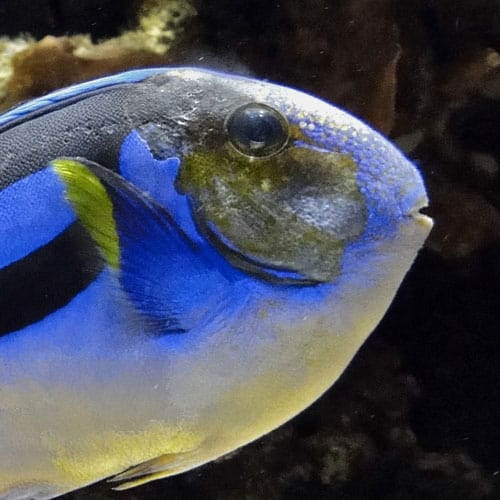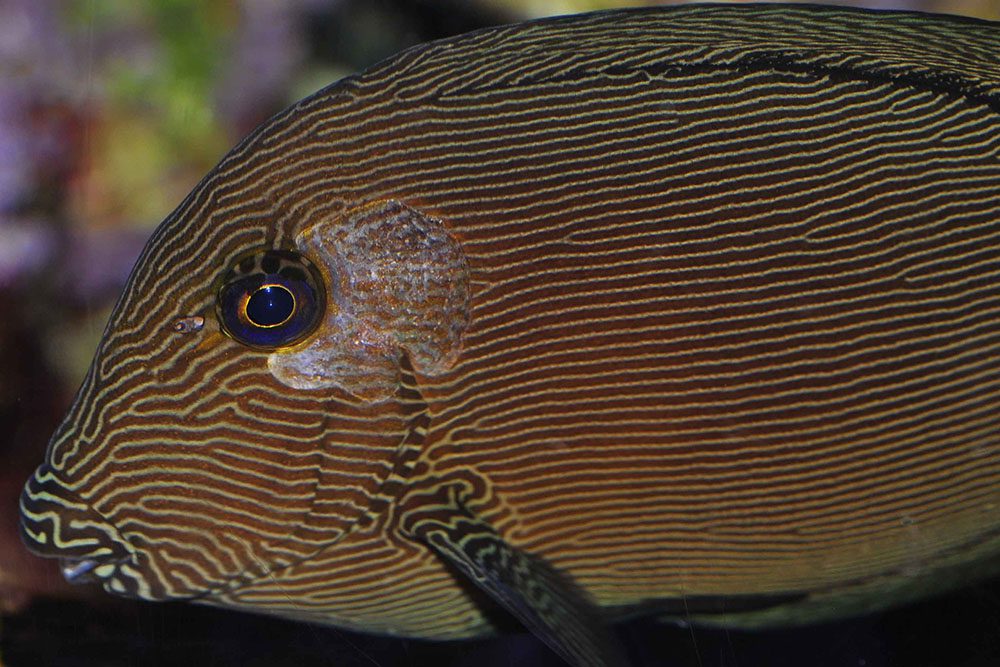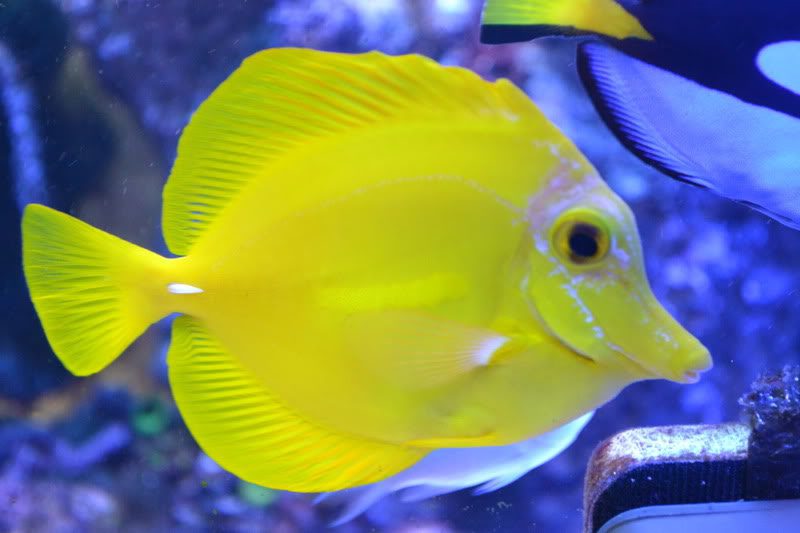
HLLE, or Head and Lateral Line Erosion, presents with visible signs of skin deterioration or peeling on the fish. Typically, the affected areas are the face and along the lateral line, often appearing white in color.
HLLE is more of a condition than a disease. The issues are usually caused by poor water condition, excessive carbon usage, poor nutrition or stray voltage.

First, make sure you are not using carbon constantly. If you are remove it, carbon should be used to remove specific items in the water column and not a constant additive. Second, verify stray voltage isn’t present in your tank using this guide stray voltage guide.
If neither of those are present, then it is very poor water quality and/or poor nutrition.
Ingredients:
- High quality frozen food (LRS for example)
- Vitamin Suppliments
- Beta Glucan
- Garlic Suppliments
- High quality nori (if fish such as tangs/angelfish are present)
Recipie:
First, verify water quality. Artistic Oceans has lab quality testing equipment to test all your water parameters if you cannot test on your own.

If the parameters are similar to above, your water isn’t the issue.
For food, thaw your frozen food in a ceramic or plastic dish. Put the garlic, supplements and beta glucan into the slurry of food by following the directions of each package. Allow the food to absorb the ingredients overnight.
Feed to the fish as you normally would. This combo of items will remove the condition of HLLE but some scarring may persist in extreme cases.




